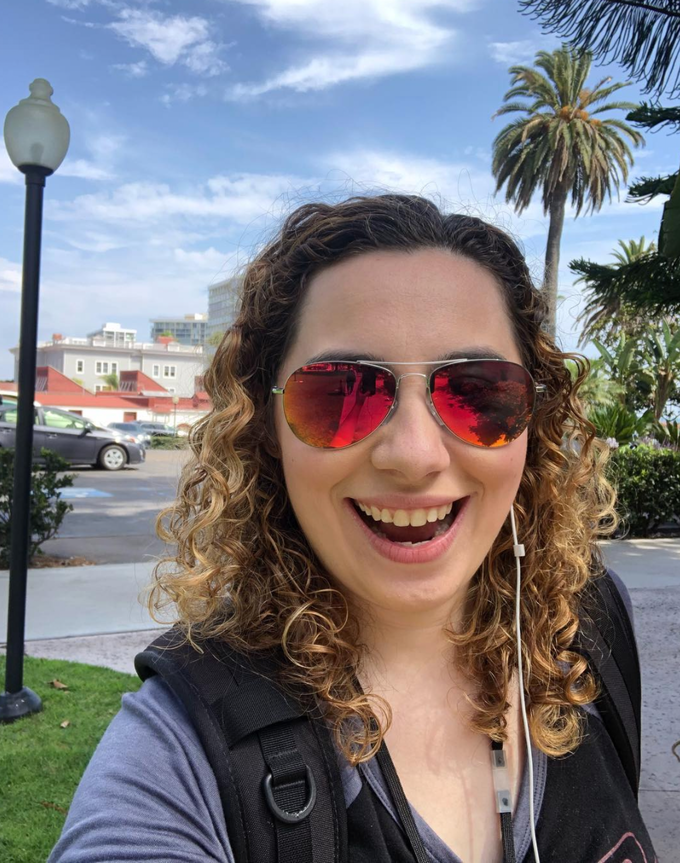The secret origin of Mariko Tamaki
The upcoming Wonder Woman writer shares her own story
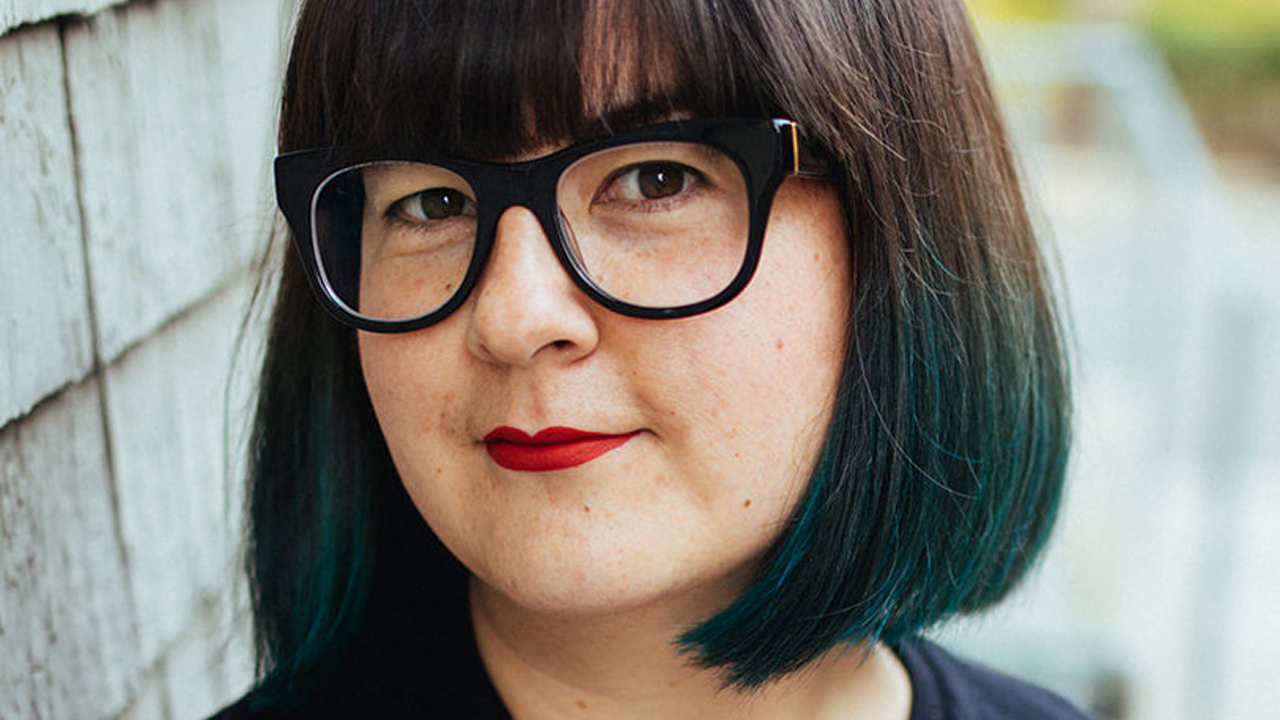
Mariko Tamaki will take over DC's Wonder Woman title later this summer, and she might be a new name to some ardent superhero fans. But to others, she's someone long overdue for a major title.

Tamaki broke into comics in 2008 with her graphic novel Skim drawn by her cousin, Jilian Tamaki. Coming out of the Toronto theater scene, Tamaki acclimated quickly to comics - finding her voice with 2014's This One Summer and then branching out into work-for-hire with work on IDW's Teenage Mutant Ninja Turtles, DC's Supergirl, Marvel's She-Hulk, and capping it off with 2019's Laura Dean Keeps Breaking Up with Me.
But we're not here today about that or the upcoming Wonder Woman (We'll have that here later this year), but instead to find out about her Tamaki's own beginnings.
In the latest of our 'Year One'-style interview series The secret origin of…, Newsarama talks to Mariko Tamaki.
Newsarama: Mariko, how did you get into reading comics? What's the first comic you remember reading?
Mariko Tamaki: I didn't really start reading comics in earnest until I was an adult. Or, you know, adult-ish. I remember reading Archie and Jugheads when I was a kid. I started reading more indie comics in university, like Liliane by Leanne Franson and then later a friend introduced me to Tank Girl by Jamie Hewlett and Alan Martin.
Nrama: Is there a comic you remember reading that made you know you wanted to write comics?
Comic deals, prizes and latest news
Get the best comic news, insights, opinions, analysis and more!
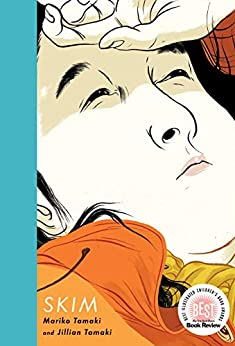
Tamaki: I don't think there was a single comic that made me want to write comics per se. The artists I've had the opportunity to work with have made me want to be a better writer. There have been many comics I've read along the way that have made me want to write better comics because they're so amazing.
Like every time I read something by Eleanor Davis or when I read Emil Ferris's My Favorite Thing is Monsters, it made me want to step up my game. When I read Matt Fraction and David Aja's Hawkeye, it blew my head off, how smart it was. It's like a constant cycle of people being incredible at this job and it kicking my ass.
Nrama: You began your writing career in the performing arts, how did that experience help you to write comics? How are they similar?
Tamaki: There's this part of making art that is less visible than the finished product, which is the many people involved in making art happen.
There's a vision of "the creator" that's a very solitary thing, which is true in some ways, but a lot of art requires coordinating with other people.
Theater is especially that. Working in theater is where I learned how to work with a group, to see making art as a combined vision instead of a singular concept. Like I once sat in a room with eight women and wrote fat-positive lyrics to 'Living La Vida Loca' and I think if you can do that, you can work on a comic with an artist and an editor.
Nrama: How did you break into mainstream comics?
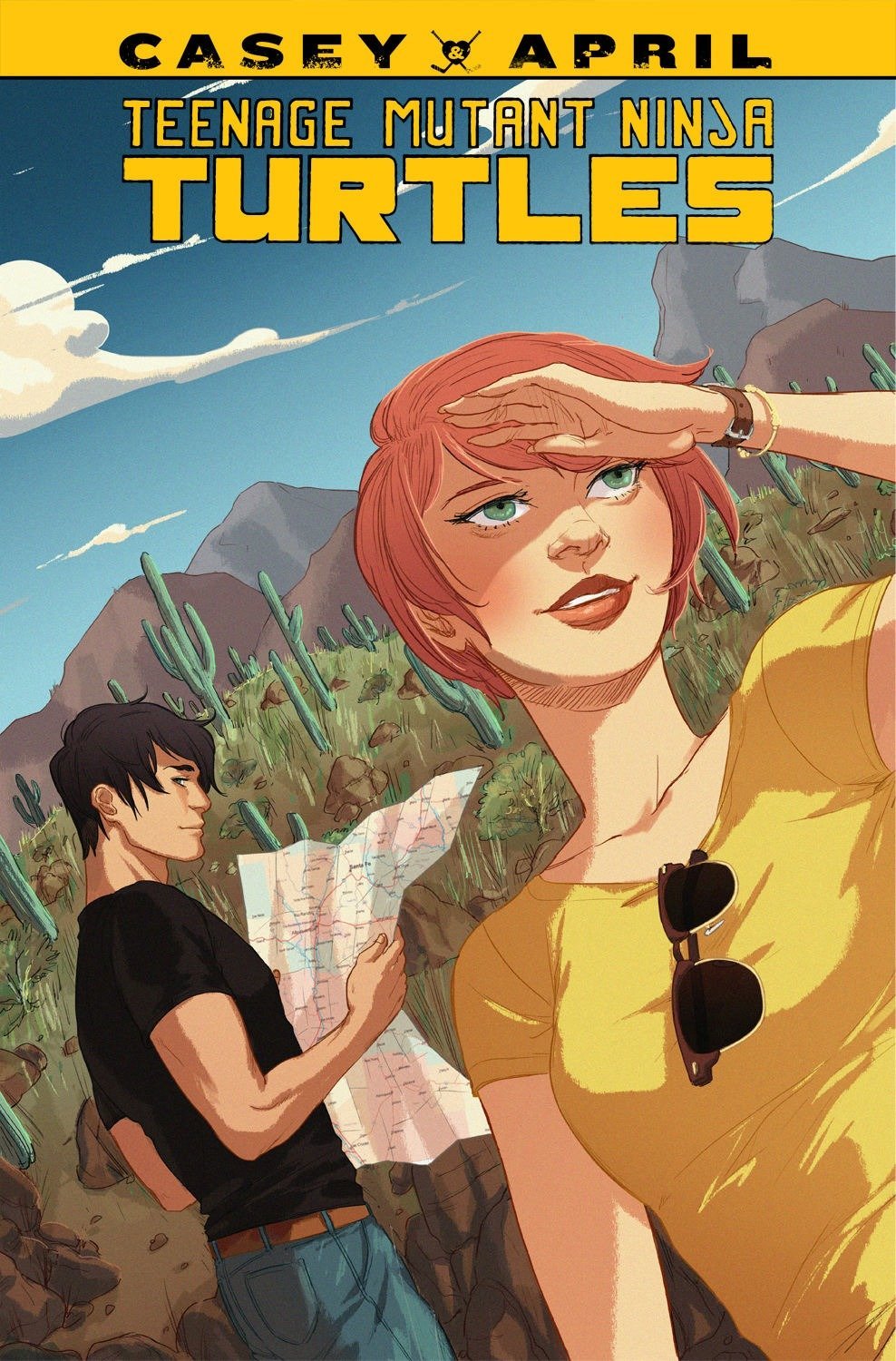
Tamaki: Shortly after This One Summer came out, I got a call from Bobby Curnow at IDW to work on Teenage Mutant Ninja Turtles. And then I was suddenly making mainstream comics. Of course, first I had to learn how to do that. That took some time.
Nrama: And now, you're writing for DC and Marvel simultaneously. You had success already - why did you want to write for them?
Tamaki: I love the characters. It's like getting the keys to the carnival, you know?
Nrama: You've written a lot of coming of age books - what draws you to those stories?
Tamaki: I feel like all stories are coming of age stories.
For a while I was thinking a lot about high school. Like for whatever reason, that ecosystem, that world, was very close for me. Maybe because it was the first place that I observed the world as a young artist? Not sure.
After I worked on Skim, it opened up a bunch of different ideas for me about high school and what high school means in terms of that place of becoming. And it's still interesting to me so I still write about it.
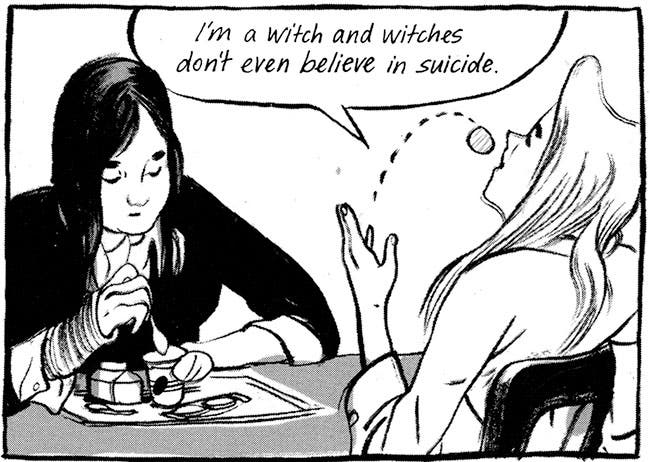
Nrama: What was the collaboration process like working with your cousin Jillian Tamaki on two of your most notable works - Skim and This One Summer?
Tamaki: Jillian and I work really well at working together and giving each other space to work.
Also, maybe it helped that I didn't know what I was doing, so what I gave Jillian was essentially a theater script, which turned out to be a solid platform for us to work on books together.
There's a chemistry involved in collaborations that's also just there or not. And I'm super lucky to be able to work with someone I admire so much, making books I love.
Nrama: If you have to pick one, what's been your favorite run or series you've worked on in your career?
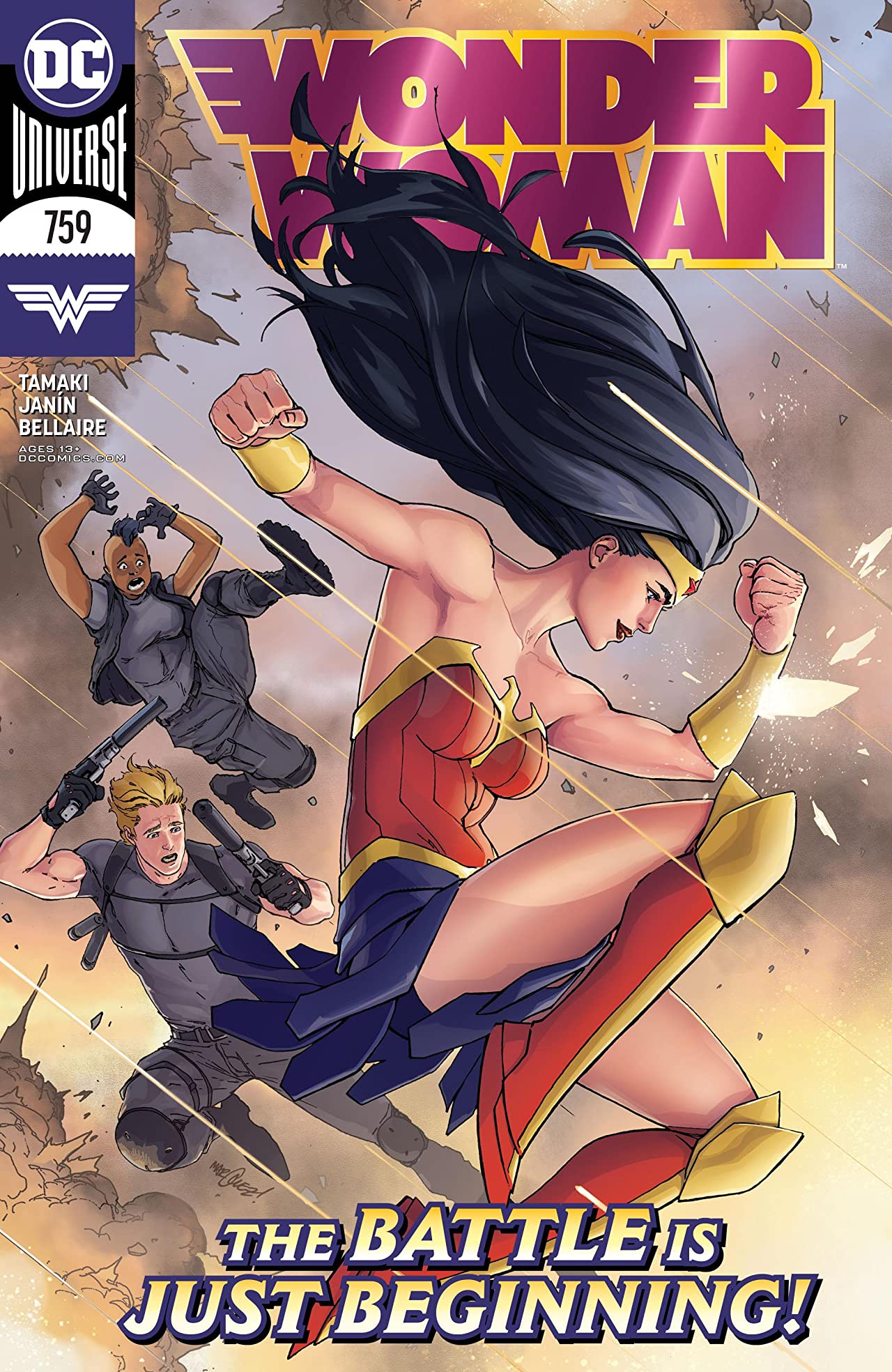
Tamaki: I can't pick one! Gah. Never! They're all different and they're all a next step for me. Plus, if one ever heard I picked the other I would never hear the end of it.
Nrama: Are there any characters that are on your bucket list to write?
Tamaki: I'd love to do a Catwoman issue at some point. I'm down for a sneaky woman in a one piece.
Nrama: Are there any upcoming projects you'd like to plug?
Tamaki: I've got Wonder Woman and a Willow arc coming up! Please read them and continue to support your local comic store!
Kat has been working in the comic book industry as a critic for over a decade with her YouTube channel, Comic Uno. She’s been writing for Newsarama since 2017 and also currently writes for DC Comics’ DC Universe - bylines include IGN, Fandom, and TV Guide. She writes her own comics with her titles Like Father, Like Daughter and They Call Her…The Dancer. Calamia has a Bachelor’s degree in Communications and minor in Journalism through Marymount Manhattan and a MFA in Writing and Producing Television from LIU Brooklyn.
